Intel Haswell vs AMD Richland head-to-head
We test both sets of architecture to see which is best suited for your needs.
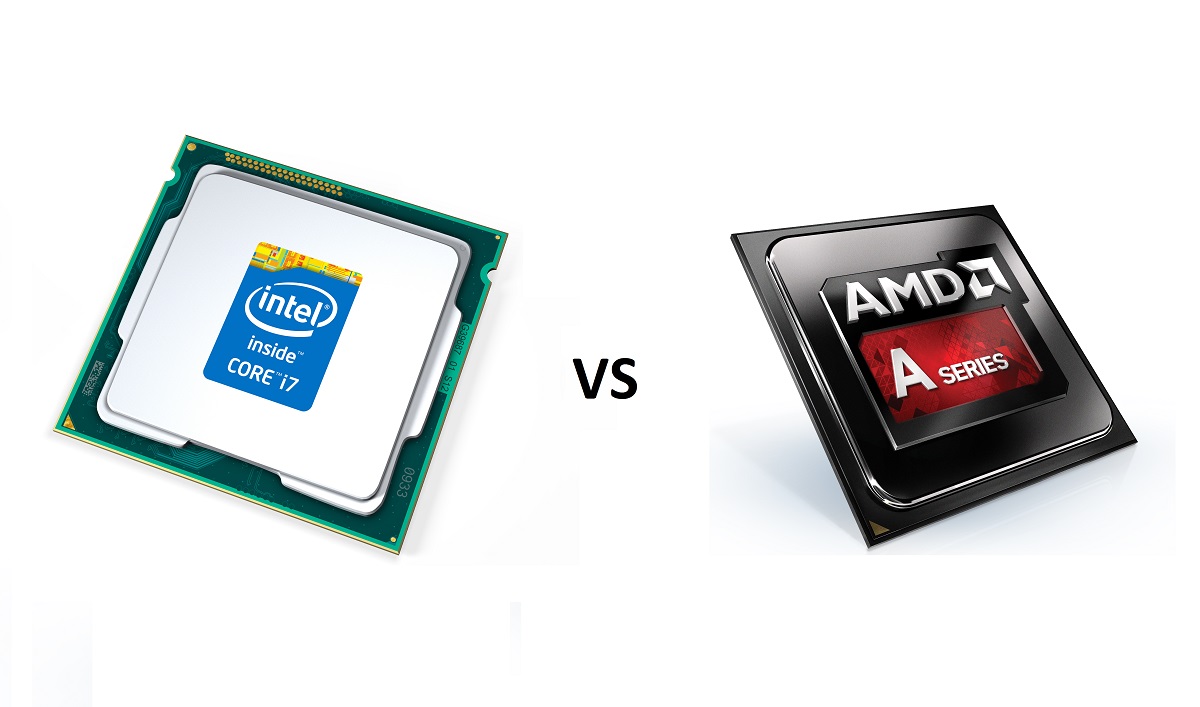

Intel Haswell architecture
Haswell represents a major architectural change it's a "tock" rather than a "tick". However, the parts are created using the same 22nm manufacturing process as Ivy Bridge and the range remains dominated by quad-core parts.
Intel concentrates on two big areas power saving and graphics. The firm has been making big claims about the efficiency of its new chips, saying that Haswell parts draw 50 per cent less power than their Ivy Bridge equivalents when handling intensive workloads.
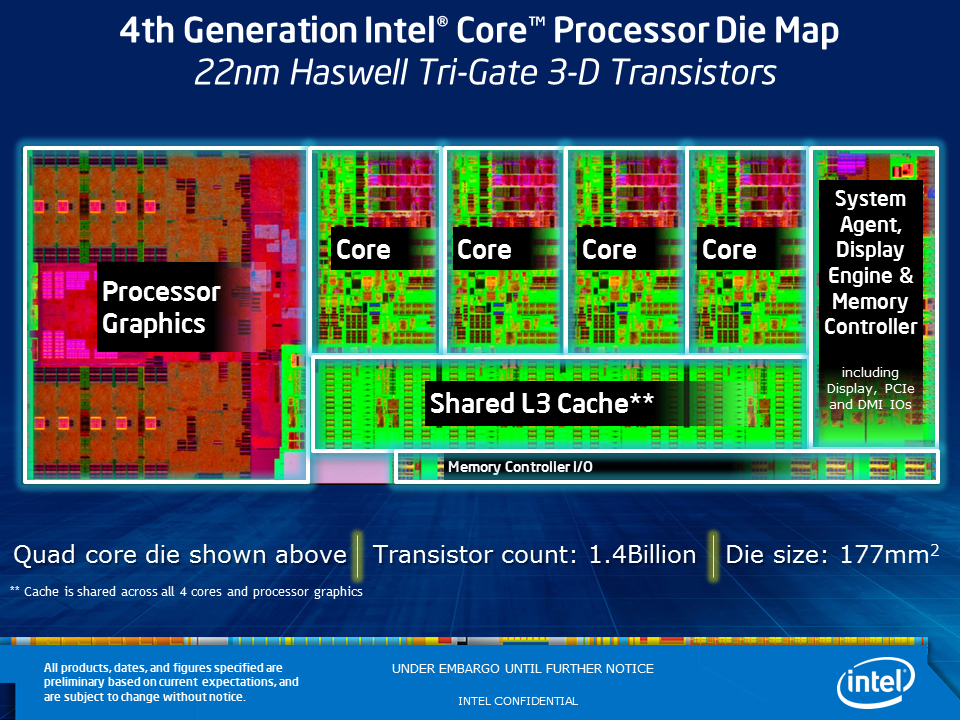
Haswell's graphics performance has been boosted by revamped integrated graphics chipsets. The most common is the HD Graphics 4600 core, which includes 20 improved executions. This makes it faster than the 16 executions included in last year's HD Graphics 4000 chip.
The chipmaker has also introduced of a new graphics brand: Iris. There are two new parts, dubbed Iris Pro 5100 and 5200, and they're more powerful than Intel's HD Graphics cores; the former chip has 40 execution units, and the latter adds 128MB of dedicated RAM an improvement on the shared memory found in all of Intel's other integrated chips.
Application performance has been given a bump too with Intel claiming Haswell is 10 per cent faster than Ivy Bridge. Elsewhere, DDR3 is still the memory of choice, and Thunderbolt is now natively supported.
Upgrading isn't as easy as buying a new processor - Haswell debuts alongside the new LGA 1150 socket, so you'll need a new motherboard, with the cheapest models available starting at 50 inc VAT. Intel's new 8-series chipsets add versatility: six USB 3 ports and six SATA 3.0 ports are now supported by Z87, and Intel vPro and Rapid Storage Technology have both been improved.
Get the ITPro daily newsletter
Sign up today and you will receive a free copy of our Future Focus 2025 report - the leading guidance on AI, cybersecurity and other IT challenges as per 700+ senior executives
The Haswell range
Intel is deploying dozens of Haswell chips across desktops and laptops. Desktop chips range from the 2.7GHz Core i5-4330S to the 3.5GHz Core i7-4770K, with the popular Core i5-3570K being directly replaced by the 4670K.
That's not the whole story, as suffixes denote different features. A "K" means a chip unlocked for overclocking, "S" indicates a low-power model, and "T" means an ultra-low-power part. A processor with a "P" means integrated graphics is left out, and a select few are "R"-branded parts, which means they're fitted with the more powerful Iris Pro 5200 graphics core.
Haswell also has a complicated range of mobile skews too. These chips cater to high-performance business machines, agile Ultrabooks and tablets. That means a bigger variation in clock speed and power consumption: the range is propped up by the 15W, 1.4GHz Core i5-4350U and topped off with the 57W, 3GHz Core i7-4930MX. Once again, suffixes are important: "MX" means a mobile extreme chip, "MQ" is mobile quad-core, "HQ" means a quad-core chip with an Iris Pro 5200 GPU, and "U" means ultra-low-power.
Haswell's third strand comes in servers. Intel is releasing a range of new dual- and quad-core Xeon E3 chips. The most powerful is the 3.6GHz, quad-core 1285v3, which includes a professional variant of the HD Graphics 4600 core. There's only one suffix to spot, with "L"-branded low power Xeons available.
Haswell is the standard-bearer for processing performance right now, but it doesn't come cheap. The Core i7-4770K costs a mighty 275, and the Core i5-4670K which will likely be the most popular Haswell chip will lighten your wallet to the tune of 191. Don't think that you'll be able to snap up a cheap Core i3, Pentium or Celeron that uses Haswell these don't exist.
Mike Jennings has worked as a technology journalist for more than a decade and has been fascinated by computers since childhood, when he spent far too long building terrible websites. He loves desktop PCs, components, laptops and anything to do with the latest hardware.
Mike worked as a staff writer at PC Pro magazine in London for seven years, and during that time wrote for a variety of other tech titles, including Custom PC, Micro Mart and Computer Shopper. Since 2013, he’s been a freelance tech writer, and writes regularly for titles like Wired, TechRadar, Stuff, TechSpot, IT Pro, TrustedReviews and TechAdvisor. He still loves tech and covers everything from the latest business hardware and software to high-end gaming gear, and you’ll find him on plenty of sites writing reviews, features and guides on a vast range of topics.
You can email Mike at mike@mike-jennings.net, or find him on Twitter at @mikejjennings
-
 M&S suspends online sales as 'cyber incident' continues
M&S suspends online sales as 'cyber incident' continuesNews Marks & Spencer (M&S) has informed customers that all online and app sales have been suspended as the high street retailer battles a ‘cyber incident’.
By Ross Kelly
-
 Manners cost nothing, unless you’re using ChatGPT
Manners cost nothing, unless you’re using ChatGPTOpinion Polite users are costing OpenAI millions of dollars each year – but Ps and Qs are a small dent in what ChatGPT could cost the planet
By Ross Kelly
-
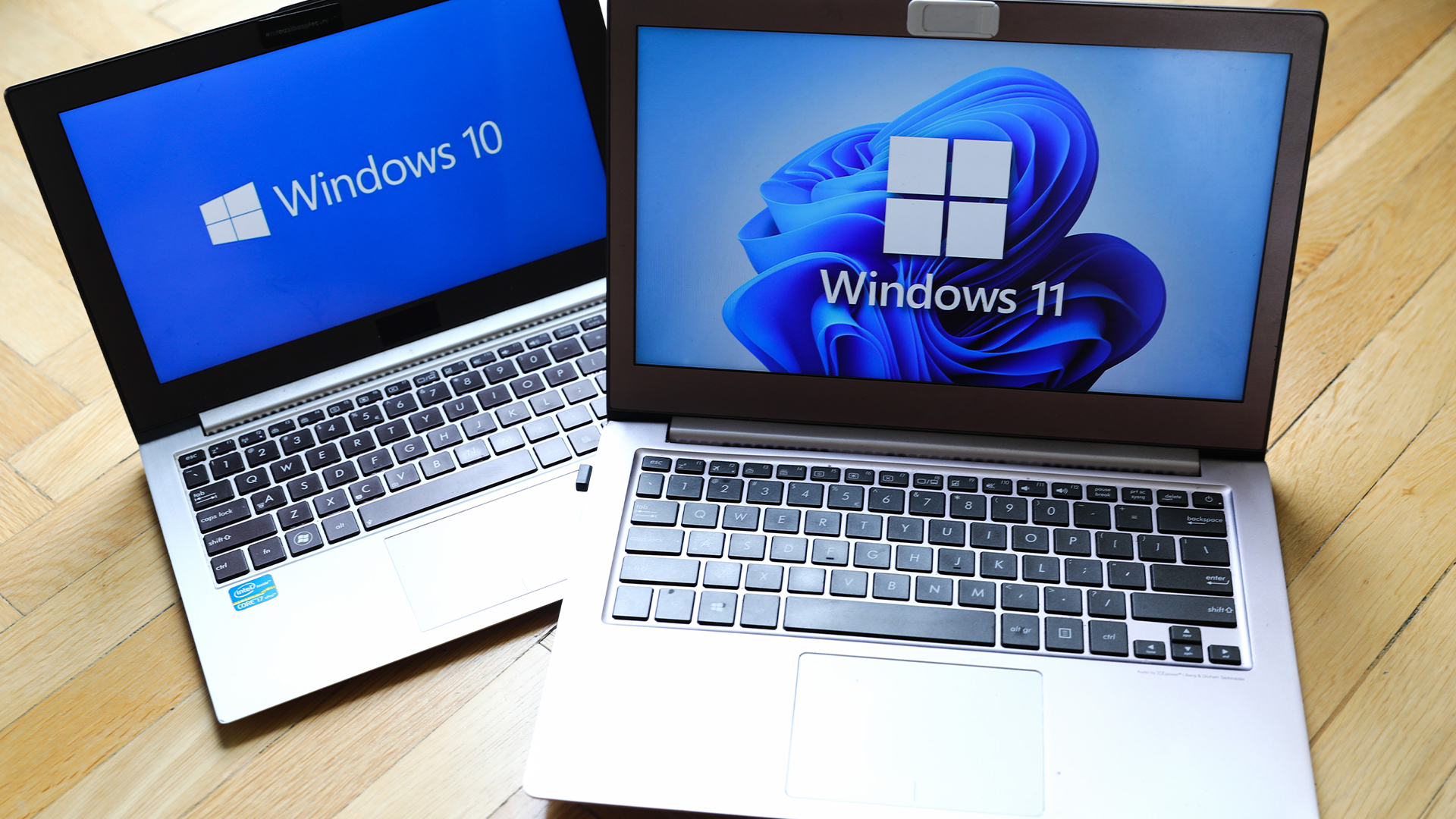 What enterprises need to be Windows 11 ready
What enterprises need to be Windows 11 readySupported Content Hardware purchasing will play a key role in delivering success during the Windows 11 migration rush
By Ross Kelly
-
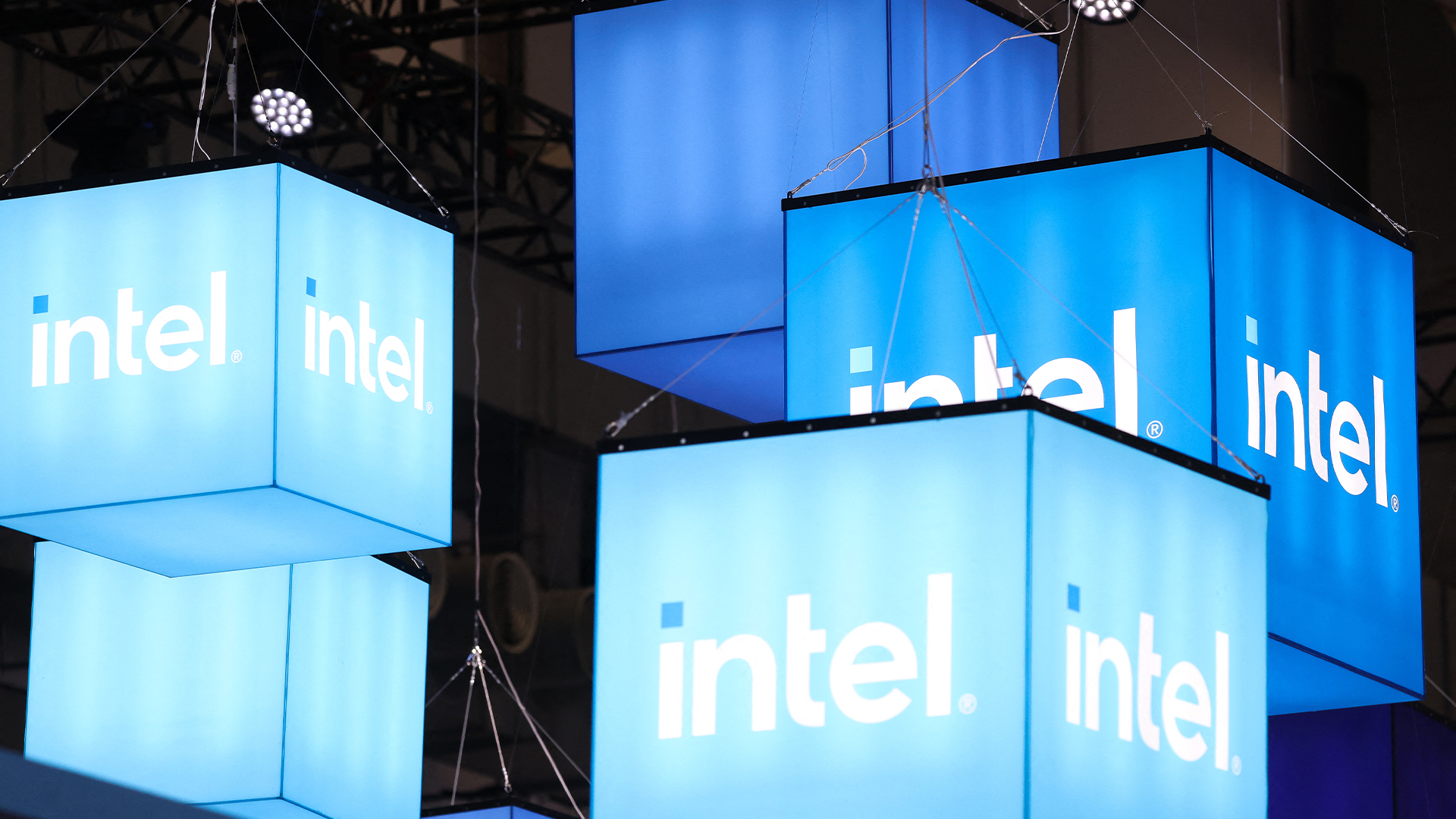 The gloves are off at Intel as new CEO plots major strategy shift
The gloves are off at Intel as new CEO plots major strategy shiftNews Intel’s incoming CEO has some big plans for the firm’s business strategy, sources familiar with the matter have told Reuters, with more job cuts looming on the horizon.
By George Fitzmaurice
-
 Why the CPU you chose is the key to Windows 11
Why the CPU you chose is the key to Windows 11The end of Windows 10 is on the horizon – it’s time to upgrade to an fTPM-protected processor
By Bobby Hellard
-
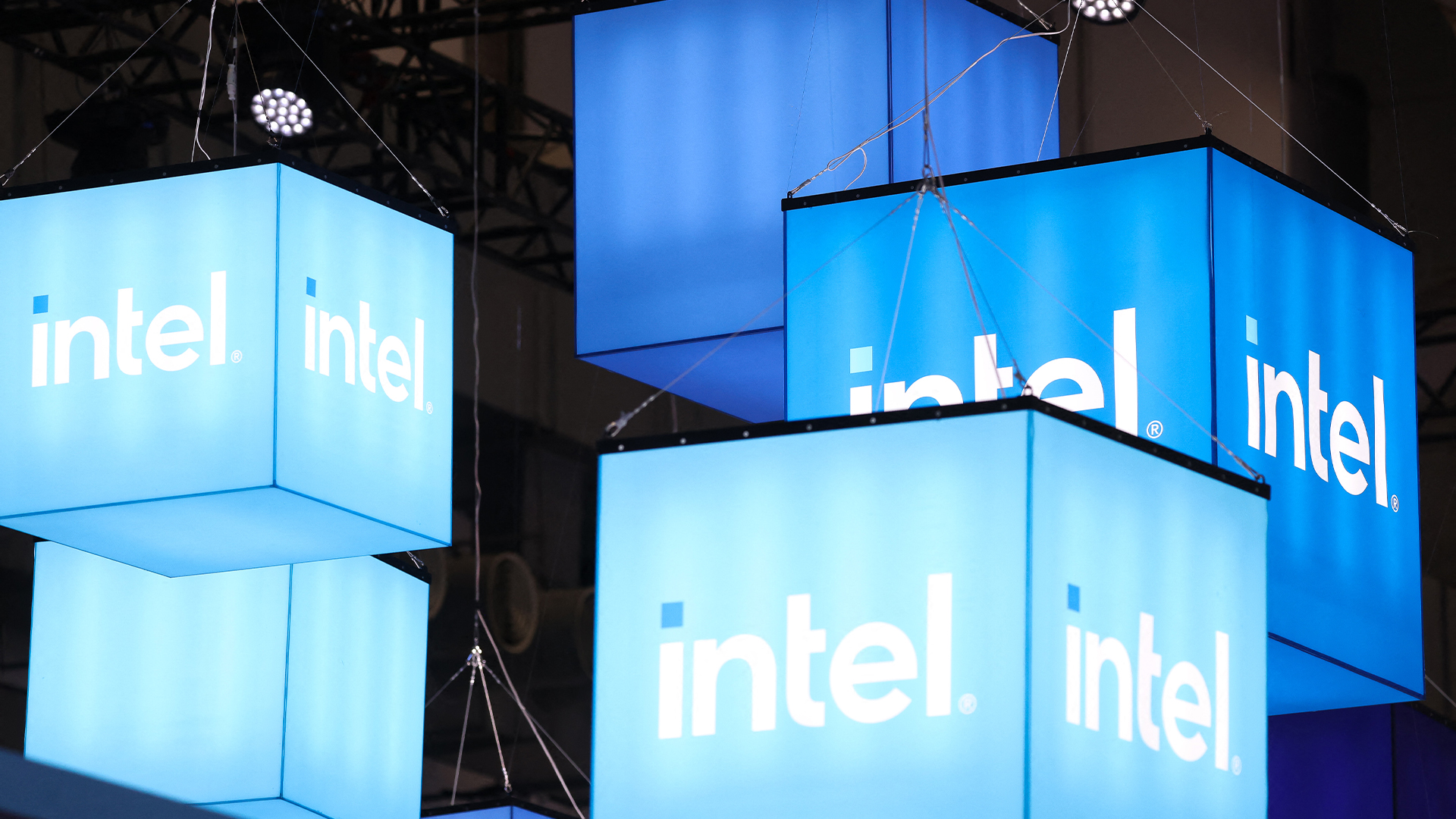 Intel just won a 15-year legal battle against EU
Intel just won a 15-year legal battle against EUNews Ruled to have engaged in anti-competitive practices back in 2009, Intel has finally succeeded in overturning a record fine
By Emma Woollacott
-
 AMD and Intel’s new x86 advisory group looks to tackle Arm, but will it succeed?
AMD and Intel’s new x86 advisory group looks to tackle Arm, but will it succeed?News The pair will look to make x86 CPU architecture more interoperable
By George Fitzmaurice
-
 AMD’s patient roadmap has become a highway to success
AMD’s patient roadmap has become a highway to successAnalysis While everyone was focused on Nvidia’s meteoric rise, AMD was preparing the hardware needed to take the fight to its long-time competitor
By Ross Kelly
-
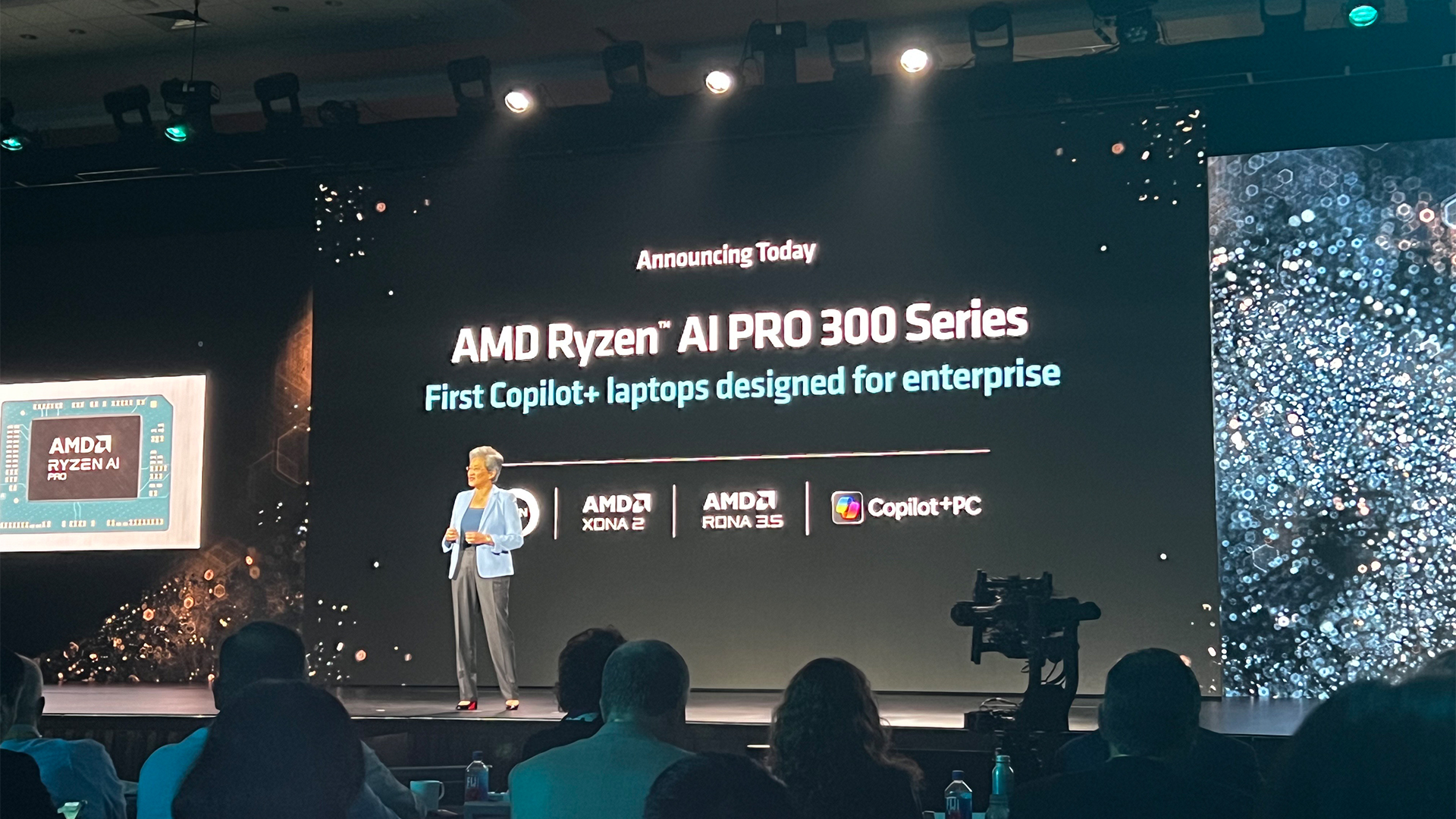 AMD just made a big statement in the AI PC race with its Ryzen AI Pro 300 series processors
AMD just made a big statement in the AI PC race with its Ryzen AI Pro 300 series processorsNews With all eyes focused on the AI PC craze, AMD looks to one-up the competition
By Ross Kelly
-
 AMD’s new Instinct GPUs might just blow Nvidia out of the water
AMD’s new Instinct GPUs might just blow Nvidia out of the waterNews The chip maker unveiled its newest Instinct GPU series in San Francisco today – and it’s very bullish on performance in the race with Nvidia
By Ross Kelly